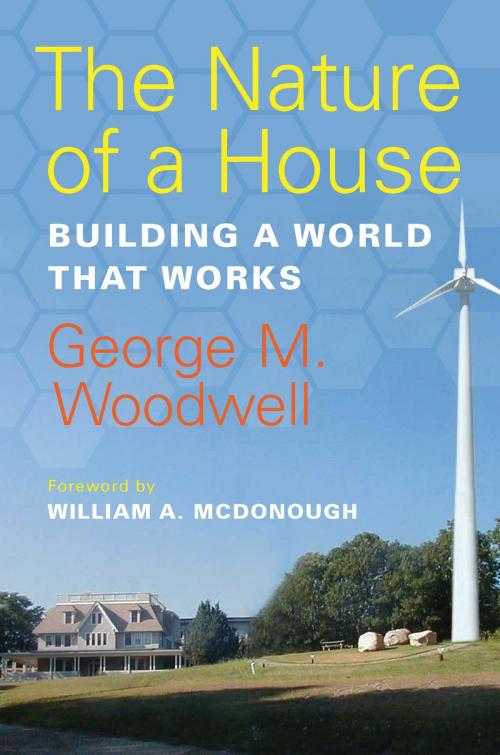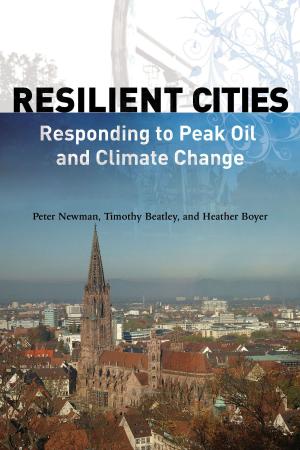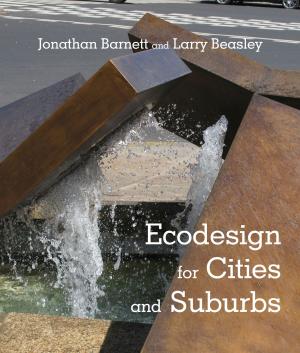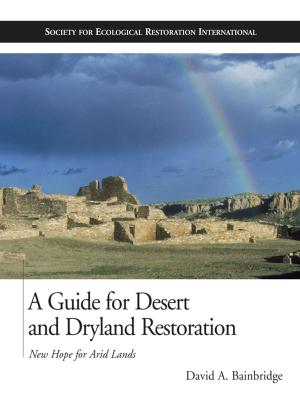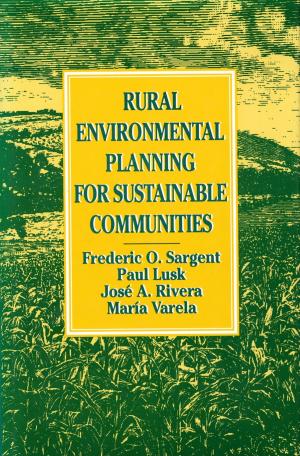| Author: | George M. Woodwell | ISBN: | 9781610911375 |
| Publisher: | Island Press | Publication: | June 22, 2012 |
| Imprint: | Island Press | Language: | English |
| Author: | George M. Woodwell |
| ISBN: | 9781610911375 |
| Publisher: | Island Press |
| Publication: | June 22, 2012 |
| Imprint: | Island Press |
| Language: | English |
Is it possible for a group of the world’s mrespected environmental scientists to truly practice what they preach? Can their expertise in climate change help them in transforming an old house and its nine acres into their new office building and campus—a building that is as energy efficias possible, uses local materials, and generates all of the energy it consumes? In this candid, charming, and informative book, the director of the renowned Woods Hole Research Center tells a story that will interest anyone who has ever thought about doing a “green” rehab, has tried to build green, or just wonders what’s actually possible. The Woods Hole Research Center is an international leader in identifying the causes and consequences of environmental change. When the WHRC needed a new administration building, its scientists and staff decided that the building should utilize “state-of-the-shelf” green building techniques and materials. However, the new office had to conform with the laws and building codes of the time, and with materials that were then available—no matter how frustrating these requirements were to the residscientists and contractors. The author, George M. Woodwell, founder of the WHRC, was intimately involved in the design and construction of the Gilman Ordway Campus, which was completed in 2003. He details the challenges they faced, but also puts the building in a larger context, not only within the work of the Center and the tradition of Woods Hole, but in the global need to minimize our carbon emissions and overall environmental impact. Building a world that works requires rethinking how we design, reuse, and live in the built environmwhile preserving the functional integrity of the landscape.
Is it possible for a group of the world’s mrespected environmental scientists to truly practice what they preach? Can their expertise in climate change help them in transforming an old house and its nine acres into their new office building and campus—a building that is as energy efficias possible, uses local materials, and generates all of the energy it consumes? In this candid, charming, and informative book, the director of the renowned Woods Hole Research Center tells a story that will interest anyone who has ever thought about doing a “green” rehab, has tried to build green, or just wonders what’s actually possible. The Woods Hole Research Center is an international leader in identifying the causes and consequences of environmental change. When the WHRC needed a new administration building, its scientists and staff decided that the building should utilize “state-of-the-shelf” green building techniques and materials. However, the new office had to conform with the laws and building codes of the time, and with materials that were then available—no matter how frustrating these requirements were to the residscientists and contractors. The author, George M. Woodwell, founder of the WHRC, was intimately involved in the design and construction of the Gilman Ordway Campus, which was completed in 2003. He details the challenges they faced, but also puts the building in a larger context, not only within the work of the Center and the tradition of Woods Hole, but in the global need to minimize our carbon emissions and overall environmental impact. Building a world that works requires rethinking how we design, reuse, and live in the built environmwhile preserving the functional integrity of the landscape.
